South Shore ground fishermen skeptical of plan to use digital cameras for monitoring mandate
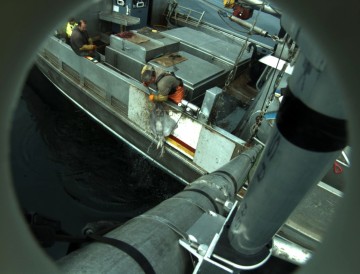 Longtime commercial fishermen from Marshfield and Scituate said the project to equip some groundfishing boats with digital cameras comes with numerous pitfalls, including cost burdens and concerns about how video footage would be used. Beginning this week, up to 20 groundfishermen from the Maine and Cape Cod will use three to four cameras to document fish handling on their vessels. At the end of each fishing trip, boat captains will send hard drives to third-party reviewers, who will view the footage and determine how much fish was discarded. The Nature Conservancy is overseeing the project and hailed it Tuesday as a “new era in fisheries monitoring” South Shore fisherman Ed Barrett questioned whether there would be any cost savings, saying the camera equipment would cost thousands of dollars. Read the rest here 10:06
Longtime commercial fishermen from Marshfield and Scituate said the project to equip some groundfishing boats with digital cameras comes with numerous pitfalls, including cost burdens and concerns about how video footage would be used. Beginning this week, up to 20 groundfishermen from the Maine and Cape Cod will use three to four cameras to document fish handling on their vessels. At the end of each fishing trip, boat captains will send hard drives to third-party reviewers, who will view the footage and determine how much fish was discarded. The Nature Conservancy is overseeing the project and hailed it Tuesday as a “new era in fisheries monitoring” South Shore fisherman Ed Barrett questioned whether there would be any cost savings, saying the camera equipment would cost thousands of dollars. Read the rest here 10:06


































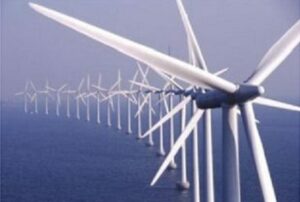

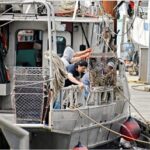

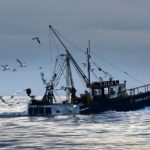
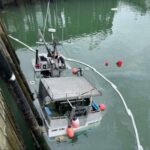
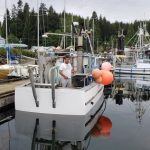
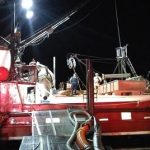


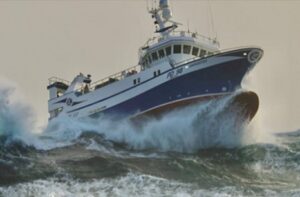
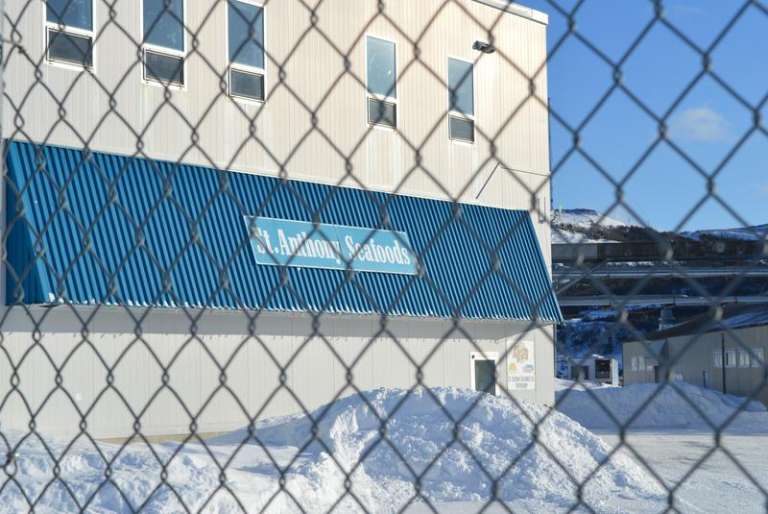



Just in case the advocates of this electronic monitoring scheme, touting it as a “savings” to vessel owners, might have missed the NOAA paper on monitoring costs here’s a few excerpts: Electronic Monitoring Annual Costs Per Vessel is $60,058. Electronic Monitoring Start-Up Costs Per Vessel is $87,475. At-Sea Monitoring Annual Costs Per Vessel is $31,620 based on 18% observer coverage. Doesn’t look like much of a savings.
https://www.greateratlantic.fisheries.noaa.gov/stories/2015/september/em_cost_assessment_for_gar_multispecies_2015_06_10.pdf
Moreover, fisheries data from either method is relatively useless. Onboard data is sporadically collected and often consists of a mathematically extrapolated estimate of how many fish are in the net or on the deck. And similarly, video cameras cannot distinguish between various species of fish.
“Discards” or “bycatch” on a fishing vessel is a function of abundant fish and disproportionately restrictive regulations. Observers and monitors to prevent bycatch and save the stocks from this “major fisheries bycatch problem” is merely a fund-raising concoction from EDF and Oceana. It is not about any ocean reality.
And yet, accurate fisheries data from cooperative surveys done by U Mass School of Marine Science and Technology (SMAST) has just had its funding refused by a NOAA panel distributing grants from the industry contributed Research Set Aside Program funds. The SMAST surveys are academically documented and vetted videos using innovative Norwegian technology—on a fishing vessel captained and crewed by fishermen working hand-in-hand with scientists. They have found many times the amount of fish on one 5 day trip than NOAA’s research vessel is finding on the Georges Bank fishing grounds after many data collecting voyages.